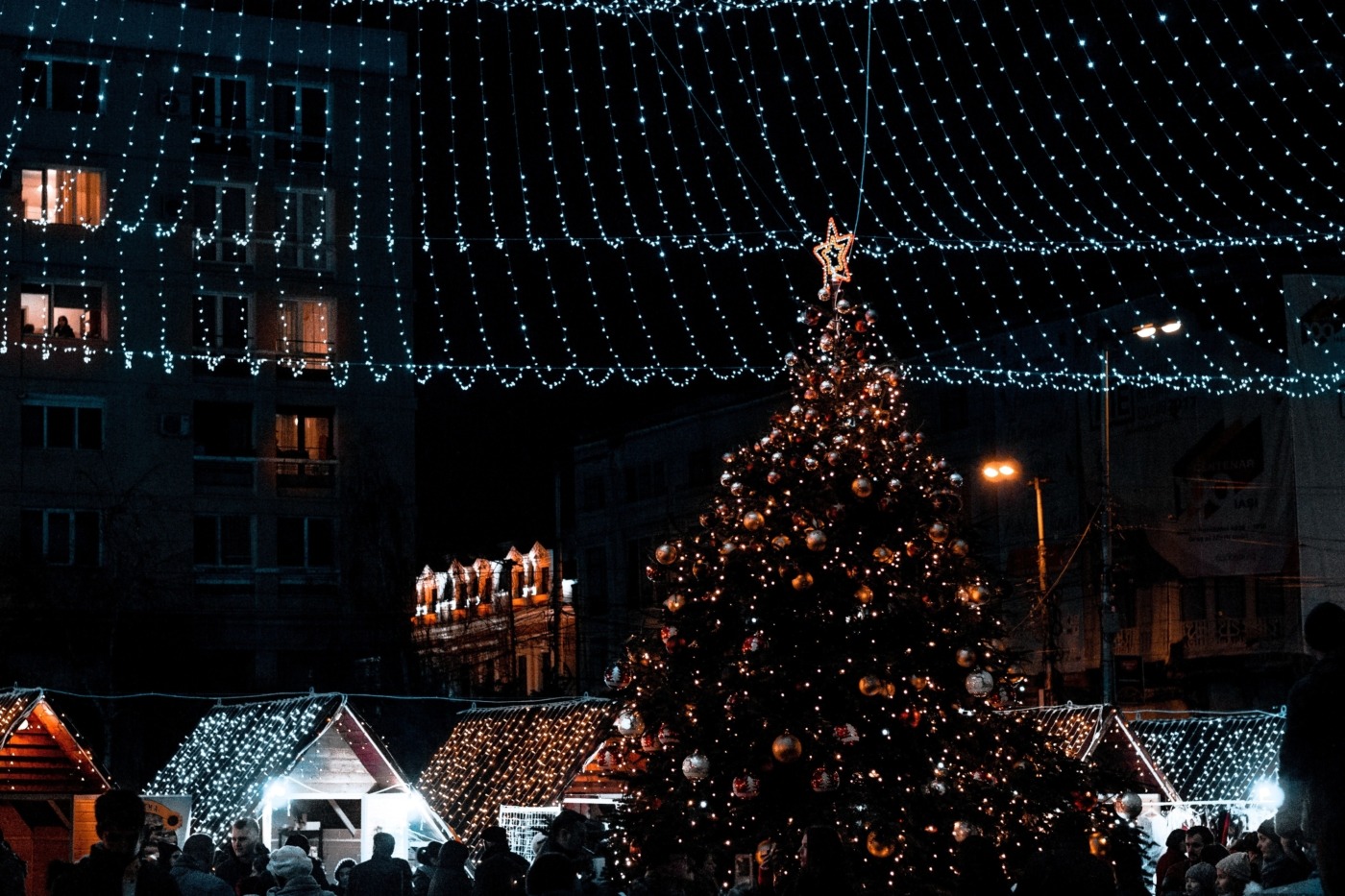How authentic is the Birmingham Christmas Market?
With the festive season fast approaching, fairy lights, Christmas trees and ornaments are decorating more and more houses and student flats across the UK. However, pretty decor and presents aside, the beginning of the Advent period (the four weeks leading up to Christmas) also traditionally marks the start of the Christmas market season.
While the Birmingham Christmas market is already in full swing, its counterpart in Braunschweig, Germany, has not yet begun. However, the late start of the Braunschweig Christmas market is compensated by its 500 year-long tradition and history as an uplifting social space during the (sometimes) gloomy month of December.
The most noticeable difference between the two is perhaps the atmosphere
Over recent decades, the German Christmas culture has spread across the globe, bringing with it the tradition of the Christmas markets, which have been adopted in many countries, including the UK. However, unsurprisingly, the style of British Christmas markets differs significantly from its original German heritage, though many traditional elements have also still been preserved.
This can be seen in a comparison between the Braunschweig and Birmingham Christmas markets. The most noticeable difference between the two is perhaps the atmosphere. Visitors of Braunschweig will see over 200 stalls spanning three market squares in the historic centre of the city. The antique buildings that surround the market, such as the city’s neo-gothic town hall and Romanesque Cathedral reinforce the historic nature and traditional culture behind the Christmas celebration. In contrast, the Birmingham Christmas market, which stretches along a major shopping street from the train station to Victoria Square, can appear to be more commercialised due to the backdrop of chain stores and multinational brands.
the Birmingham Christmas market offers a range of dishes reflecting the British Christmas tradition
In terms of food, the traditional spirit of the Braunschweig Christmas market is strengthened by the presence of local merchants offering regional delicacies. For instance, the Mumme Bolchen stall in Braunschweig sells a wide range of sweets made from Brunswick Mum, a type of beer native to the city itself. Similarly, the Birmingham Christmas market offers a range of dishes reflecting the British Christmas tradition, from Yorkshire pudding wraps to mashed potatoes with turkey.
However, as the Birmingham Christmas market is inspired by the Frankfurt Christmas market in Germany, it also offers an impressive variety of German food and drink, such as Halbe Meterwürste (20 inch sausages) and Glühwein (a hot alcoholic beverage that is meant to warm you up from inside). The Birmingham Christmas market also resembles its counterpart in Braunschweig by offering Stollen, a type of Christmas cake made with almonds, raisins and powdered sugar, as well as a common favourite, pretzels. Other highlights found at both markets include candied almonds and chocolate-coated fruits, or in the case of Birmingham, even chocolate-coated chilli.
both Christmas markets have a stall that we refer to as a Weihnachtspyramide (Christmas pyramid)
Both Christmas markets also offer other European specialties such as French crêpes and Dutch poffertjes, though the vendors at the Birmingham Christmas market erroneously credit the latter as being traditionally German. However, the merchant’s mistake is not the most surprising sight. Rather, it is the presence of multiple marshmallow stalls at the market. Associated with American culture, marshmallows are most commonly sold in cinemas and amusement parks in Germany. Since Christmas is still a fairly traditional celebration over there, the cultural influence of marshmallows has not yet spread to the Braunschweig Christmas market.
Aside from food, one could also compare the Braunschweig and Birmingham Christmas markets through its decoration and stalls. The stalls are all mostly wooden in both cities, and decorated using colourful LED lights and fir sprigs, or Tannengrün, as we call it Germany. Additionally, both Christmas markets have a stall that we refer to as a Weihnachtspyramide (Christmas pyramid). This tends to stand out from the rest due its windmill-like blades which are powered by the heat that rises from candles underneath. Both Christmas markets also sell a number of traditional crafts, ranging from tea lights to glassblower art, and collectable items such as nutcrackers.
Further attractions in both Braunschweig and Birmingham include a carousel ride, an ice skating rink and a Ferris wheel, though the Christmas market in Braunschweig uses a retro Ferris wheel from 1928, once again showcasing its traditional spirit.
All in all, the Birmingham Christmas market is quite an authentic imitation of its German counterparts, with the most notable differences being greater commercialisation and cultural diversity among stalls, as opposed to the more historic, communal and traditional feel of the Braunschweig Christmas market.

Comments
Comments are closed here.